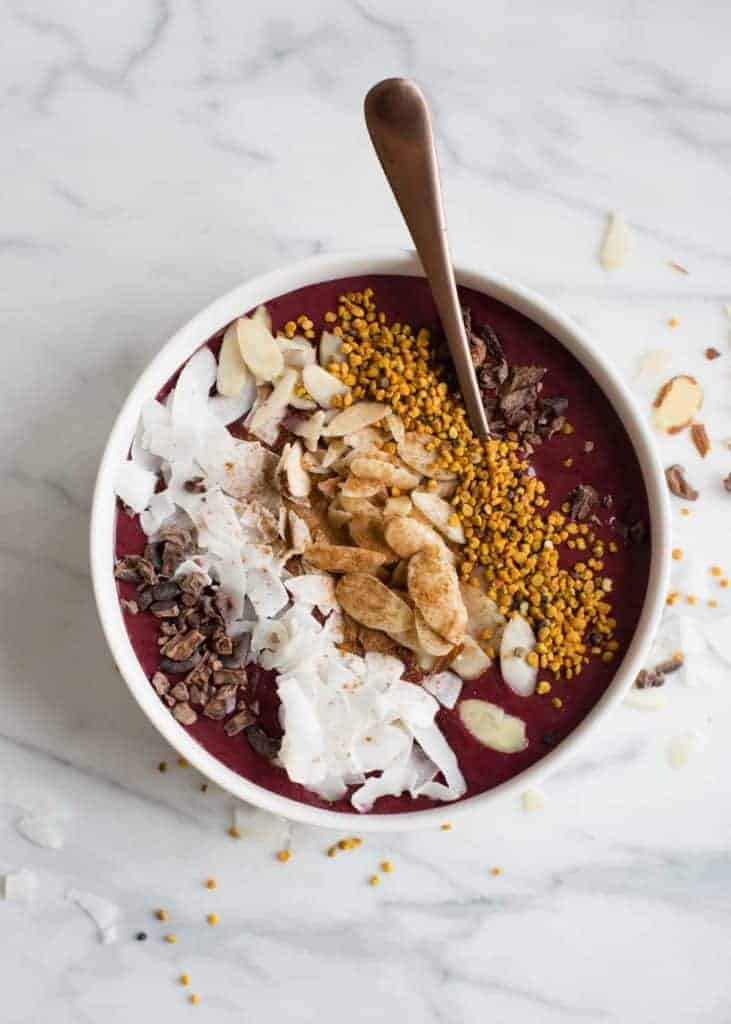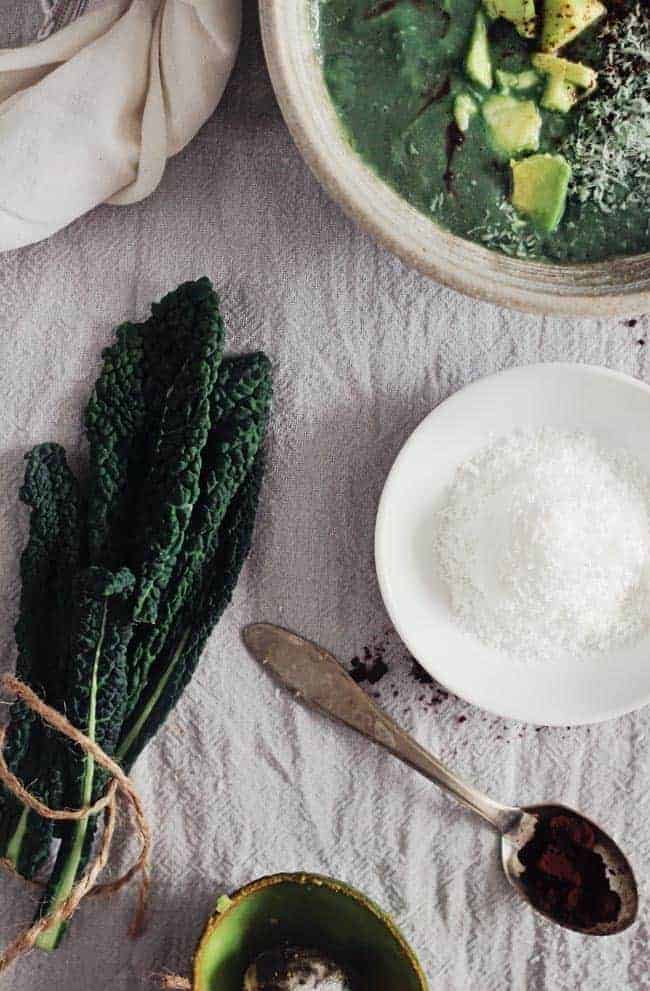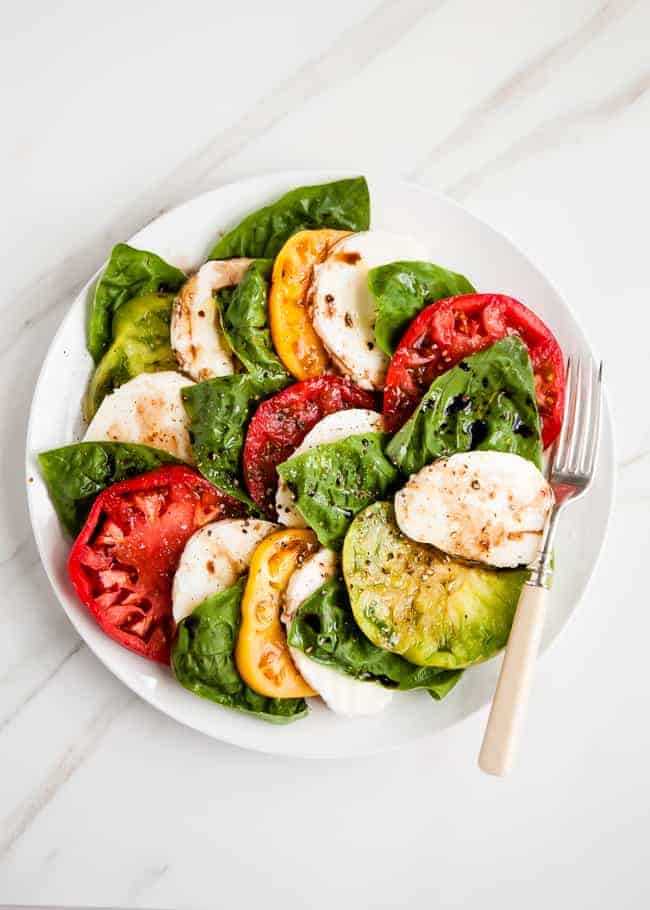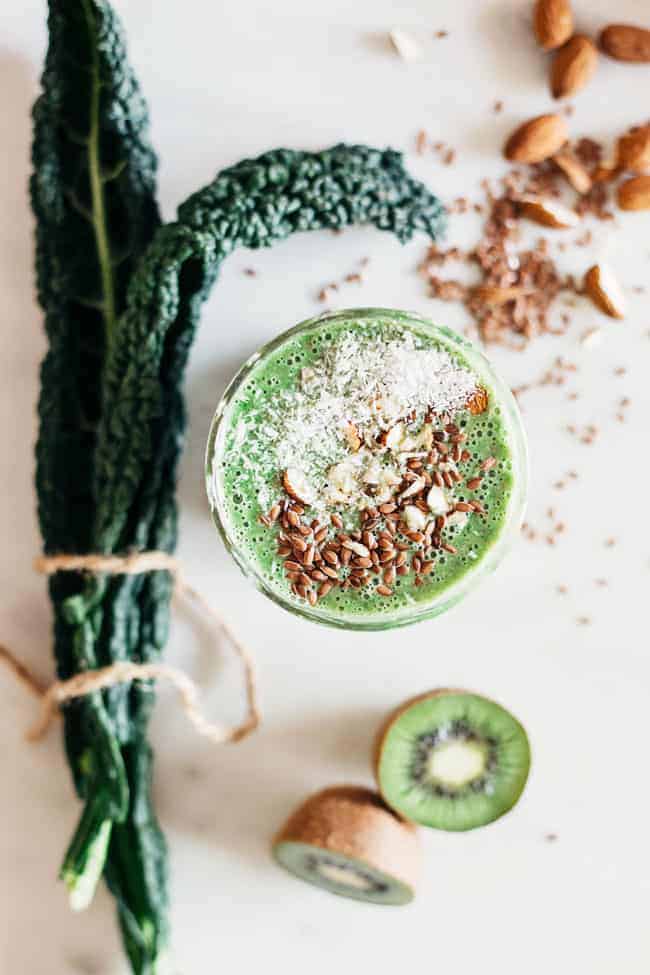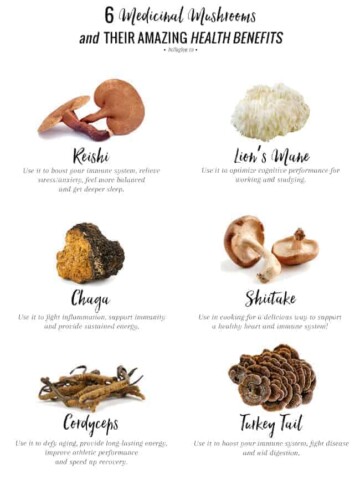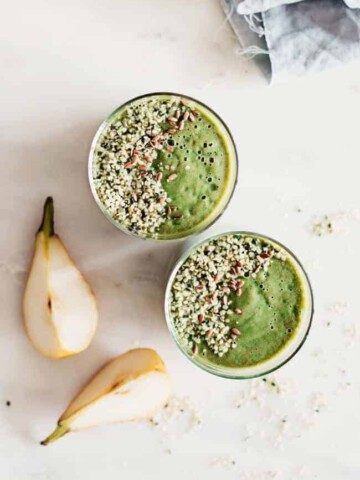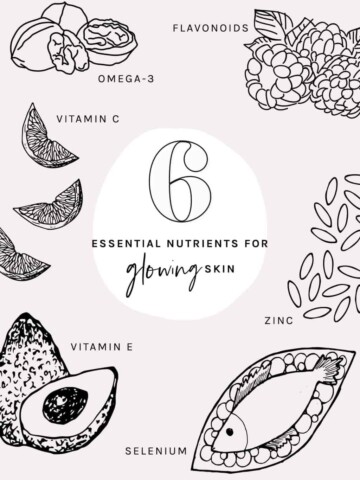The need to lose weight, “eat less and exercise more” has been beaten into our brains for too long now by fitness, nutrition, and medical professionals. This dogma has made the number of calories the dominant factor in our minds when it comes to weight.
Calories are the standout component on nutritional labels, diets, and food guides, as well as the deciding factor in many of our food choices when we are dieting. As we’ve seen over the last decade, the weight loss equation of calories in versus calories out is oversimplified and, in most circumstances, just plain wrong.
I’m a big proponent of ditching the calorie counter. I rarely mention calories in my nutrition sessions with clients and discourage the use of programs and apps that emphasize calories. In today’s post, we’re going to explore why counting calories is often ineffective and how to lose or maintain your weight without relying on this antiquated method.
And bear with me because we have to review a little bit about calories now in order to understand why they don’t have to be the focus of our attention in the long run.
How to lose weight without counting calories
Not all calories are created equal.
A calorie is a calorie, right? WRONG. In a laboratory setting, where the energy of an isolated system is constant, 500 calories of spinach and 500 calories of Skittles would, in fact, release the same amount of energy. But lab settings and the law of thermodynamics don’t translate to living, breathing organisms, as there is nothing “isolated” about our systems.
The spinach and the Skittles interact with our physiology, which entails a very complex process of transformation. Food is much more than just calories; it is information for our cells.
Every bite of food you eat sends out a specific set of instructions to the body—instructions that influence satiety, metabolic rate, brain activity, blood sugar, and the way we store fat. The same number of calories from different types of food can have very different biological effects. Let’s compare how your body deals with Skittles versus spinach.
When you eat Skittles, a huge amount of fructose heads straight to the liver, where it starts storing that sugar as fat. Fructose bypasses your hunger hormones, leptin and ghrelin, so your brain never gets the message that you’ve just consumed a bunch of calories and do not need to eat more. Instead, your brain’s pleasure-based reward center is triggered by the sugar, which prompts intense cravings and drives you to consume more sugar to maintain the high.
Low-starch vegetables such as spinach are high in fiber, which is digested slowly and does not lead to glucose and insulin spikes. Because of all the fiber, your stomach would distend, and that sends a signal to your brain that you’re full, even though you haven’t taken in that many calories.
In addition to satiety (feeling full), the nutrients and fiber in spinach optimize your metabolism, reduce inflammation, protect against disease, lower cholesterol, boost detoxification, and feed the beneficial bacteria in your gut.
As you can see, Skittles and spinach evoke an entirely different metabolic response, despite an identical calorie count. Many other factors, such as macronutrients, food quality, blood sugar regulation, gut bacteria, circadian rhythm, etc., are more influential over how much fat you accumulate than simply cutting calories.
So if you’re not counting calories, what do you do instead?
1. JERF (Just Eat Real Food)
It’s not that calories don’t matter at all; it’s that nutrients matter more [source]. Seeing calories as the most important factor in choosing what foods to consume is an overly simplistic view that doesn’t consider the science of nutritional quality.
If you’re living off of diet soda and 100-calorie snack packs to try and lose weight, you may be eating very few calories, but you’re consuming a ton of chemicals, GMOs, allergenic and inflammatory ingredients—and almost no real nutrients [source].
With a diet of highly processed food like this, you’re likely often cranky, brain-fogged, malnourished, struggling to maintain a healthy weight, and hungry because your body is still looking for the nutrients it needs [source]!
Meanwhile, the person eating a higher-calorie, real foods diet, which includes healthy fats like avocados and nuts, as well as high-fiber foods such as fruits and veggies, is enjoying a healthy weight, better moods, more energy, and good sleep. The body knows how to use the rich nutrients these foods contain in the service of good health.
By cutting out the processed and packaged foods and focusing on real whole foods, you’ll be providing your body with a wide variety of nutrients that it can use to promote optimal health [source]. Aim to have 6–8 servings of nutrient-dense fruits and vegetables a day, and avoid inflammatory, nutrient-poor foods as much as possible—namely sugar, flour, refined flour, hydrogenated oils, preservatives, and artificial flavors and sweeteners—basically anything in a package with a long shelf-life.
These ultra-processed foods have clearly been shown to be closely associated with weight gain and chronic disease [source]. On the other hand, high-fiber diets (which happen to be high in nutrients as well) are linked with the prevention of chronic diseases (including cancer, heart disease, and diabetes), and—of course—obesity prevention and weight loss [source].
If you want to count something, try counting nutrients!
2. Balance your macronutrients.
One of the keys to successful and sustainable weight loss is eating the right combinations of macronutrients that fill you up and keep you satiated [source]. I tell my clients to incorporate PFCF (protein, fat, carbs, and fiber) at every meal to fill the belly, balance blood sugar, send the message of satiety to the brain, and supply the body with health-promoting nutrients.
If you snack on a handful of Skittles, you’ll be hungry shortly after and searching for your next hit of sugar. If you snack on an apple and a handful of almonds, the protein, fat, and carbs with fiber will balance your blood sugar and keep you full and satiated for a few hours.
3. How you can eat until you’re full, without gaining weight.
One of the most important things to understand when it comes to dieting is the concept of energy density. Foods that have higher calories by weight are considered energy dense. This sounds good, but it’s not unless you are running a marathon.
When you eat a large meal, your stomach distends, and you feel full. So if you eat food that is packed with calories but not much water or fiber, you'll have to eat more food to feel full, it will take a long time to fill your stomach up, and you will take in many more calories in the whole process [source].
Compare, for example, 100 calories worth of oranges versus chicken. It takes about 1-½ oranges to reach that 100 calories. Whereas a regular 3.5-ounce serving size (roughly the size of your palm) of boneless, skinless chicken breast is 135 calories, and if you cook it with a tablespoon of olive oil, you’ll have added 119 more calories, making a total of 254 calories just in the palm of your hand!
So why are we talking about calories when we say you shouldn’t have to count them? Just to prove a point about the difference in eating high and low energy density foods. The reason you can eat more of the low energy density foods is that they are plants, and they contain fiber.
But what about the animal foods? Sure they have more protein per ounce, but there is a larger proportion of fat within meat or dairy naturally, giving you loads of calories per ounce and zero fiber in a relatively small package. You have to eat a lot more to get full, and that equals more calories.
Whereas fruits, veggies, and grains have fewer calories per ounce and are just packed with fiber. So you fill up your stomach more easily and feel satisfied, while the number of calories you have consumed is much less.
When you eat a diet of whole foods, particularly plant-based foods (which are the only foods that contain fiber), not only will it be more nutritious, but you can pretty much eat until you are full—consistently. Isn’t that amazing?
You will not have to count calories because the fiber will fill you up way before you’ve consumed enough calories to worry about. That’s why eating lots of fiber-rich plant foods is the secret to a sustainable diet that can last a lifetime without calorie counting [source]!
4. Get in touch with your hunger and satiety signals.
Meticulously measuring, weighing, and counting at each meal and snack sounds like a real pain! Not to mention, it fosters a disconnected, fearful, and obsessive relationship with food—one that focuses on restriction and deprivation instead of quality, sucking the joy right out of eating! It's also not sustainable in the long-term. Rather than calorie counting, I support the concept of healthy intuitive eating.
Intuitive listening and eating is one of the most important tools for attaining and maintaining a healthy weight [source]. Studies have shown long-term beneficial effects on body image and self-esteem, overall well-being, and achieving a healthy weight [source]. For many women, being on diets their whole lives has severed their mind-body connection, so it may take some time to relearn how to recognize the signals for hunger and satiety.
Start each meal by rating your hunger on a scale of 0 to 10. Zero is full, and 10 is ravenous. Remove all distractions, such as your phone, computer, and TV, and take a few deep breaths with the meal in front of you.
Eat slowly and attentively, chewing each bite thoroughly and noticing the tastes, textures, and aromas of the food [source]. When you’re halfway through the meal, rate your hunger again on a scale of 0 to 10. Aim to stop eating at 80% full.
Once you’ve gotten reacquainted with your body’s satiety signals and eat healthy whole foods, you’ll stop overeating and end up consuming the exact number of calories your body needs.
5. Pay attention to meal timing.
We hear a lot about what we should be eating, but minimal attention is given to when. Eating according to your body’s natural rhythms is crucial for weight loss. Your digestive fire is at its peak between 10 a.m. and 2 p.m., so eating a big, healthy lunch during that time is most efficient for digestion and assimilation of nutrients.
Our bodies love routine, so aim to eat at roughly the same times every day, e.g., breakfast at 8 a.m., lunch at 1 p.m., and dinner at 6 p.m. As the digestive fire is weak in the evening, try to stop eating by 7 p.m. ideally, or 8 p.m. at the latest.
Fasting for at least 12 hours between dinner and breakfast helps burn fat. Fasting promotes the secretion of human growth hormone, optimizes muscle building, and normalizes insulin sensitivity.
If you’ve made the switch to a whole foods diet, but you’re still having issues getting to your goal weight, check out this post with 13 essential steps for weight loss. If you still feel stuck, I suggest working with a health professional to take a closer look at your gut health, metabolism, nutritional status, cortisol, blood sugar markers (fasting glucose, insulin), sleep, physical activity, thyroid, and sex hormones.
This post was medically reviewed by Dr. Kimberly Langdon, M.D., a university-trained obstetrician/gynecologist with 19 years of clinical experience. Learn more about Hello Glow's medical review board here. As always, this is not personal medical advice, and we recommend that you talk with your doctor.
704
